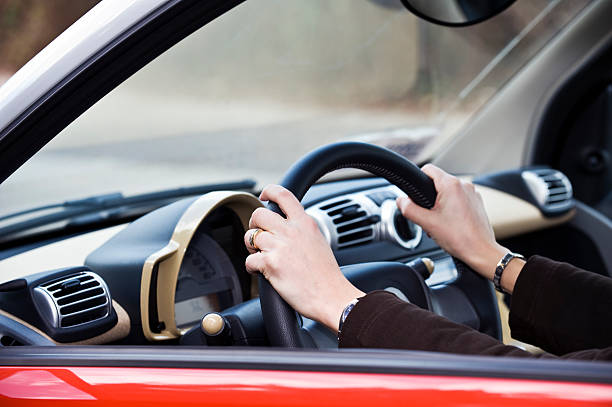Zone Versus Area

Zone Versus Area
Driving is like reading a book. If we want to really understand the book we must read carefully for detail. If we want to understand what is really going on when we drive we need to read the signs for detail as well. The signs are there to inform the decisions we make behind the wheel. If we drive only looking at the road ahead we are going to find ourselves in difficult situations on a regular basis. We need to read the signs for detail.

Signs that are often confused are ones that indicate school zones versus school areas.
This applies to playground zones and playground areas as well. School zones are in effect during specific times during school days. The provincial regulation states that school zones are from 8:00-9:30, 11:30-1:30, and 3:00-4:30. However municipalities are at liberty to create bylaws to amend this provincial law. For instance, in Edmonton, there were only school areas up until August 2014 (I will discuss school areas later). In September this changed with introduction of school zones. The city introduced school zones with modified times. Rather than the provincial norm for school zone times, the city of Edmonton chose to have the zones in effect from 8:00-4:30. Many were upset at the speeding tickets they received when this change occurred. Despite the new times printed on the signs and the numerous announcement on various forms of media, people still were speeding through the zones. If a person isn’t watching closely for the signs, chances are pretty good they aren’t watching closely for the feet of little children as they are about to walk out from behind a parked car.
Playground zones are in effect everyday with no exceptions, unlike school zones that are only in effect during school days. Playground zones begin at the same time, 8:30 but the end time varies since they end one hour after sunset. In December this could be shortly after 5:00; in June this could be almost 11:00. Often near elementary schools school zone and playground zones are doubled up which means, on school days, the speed zone is in effect from 8:00 to one hour after sunset. Days other than school days would follow the playground zone times.

People doing their road tests often worry about missing the speed zone sign so they drive at 30km/hr throughout the test thinking this will show the examiner how careful they are. What this actually shows the examiner is that they don’t know what they are doing. A person needs to slow down to 30km/hr by the time they pass the speed zone sign and speed up at the end of the zone. Of course speeding up doesn’t necessarily mean they increase their speed to 50km/hr (or whatever the posted maximum is), they increase their speed to a speed appropriate for the conditions of the road. In some cases however, even though the posted maximum on a residential street may be 50km/hr, the safe maximum on the narrow car lined street with a blind corner and a hill may not be close to 50km/hr and possibly less than 30km/hr. One has to use good and wise judgement.


In addition to school and playground zones, there are school and playground areas. The difference between the zone and area is that an area is indicated only by the appropriate sign without a 30 sign below it. The sign is warning drivers that there is either a school or a playground in the vicinity and that they should scan the area watching for children (or toys or pets) who may, without warning dart out onto the road. If there are children in sight then slowing down to an appropriate speed is expected, however, if there are no children in sight then maintaining the posted speed, typically 50km/hr is required.
When we consider the fact that it is typically children – the most vulnerable members of our community – who are found in school zones and playground zones, it seems obvious that we should all slow down to ensure their safety.
